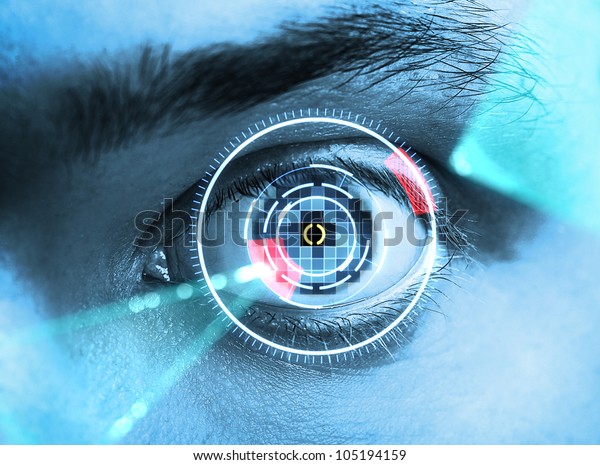
Differences in sensitivity rates varied depending on the degree of retinopathy. A prospective, cross-sectional study of dilated eyes demonstrated 55- to 89-percent sensitivity for detection of diabetic retinopathy using the D-Eye device fitted to an iPhone 5 compared to slit lamp biomicroscopy. 2Īnother device, D-Eye (D-Eye Pasadena, Calif.), was developed in Italy and can also be used to capture non-mydriatic fundus images. 1 This proof-of-concept study demonstrated that a smartphone device can be used in remote areas, operated by lay examiners, recharged with mobile units not requiring constant electricity and can easily be replaced if lost or damaged. This was even more impressive because the PEEK device was operated by non-clinicians given only a brief training course, while the fundus camera was operated by an ophthalmic technician. The authors found excellent agreement with vertical cup-to-disc ratio grading between the two devices. The images were securely transmitted and remotely graded in the U.K. A prospective study in Kenya compared optic disc photos using PEEK Retina with a Samsung S3 phone to photos taken with a non-mydriatic fundus camera (CentreVue + Digital Retinal System, Haag-Streit Harlow, U.K.). It’s a modular adapter created for Android-based devices that makes the camera’s flash confocal with the optical sensor so it can illuminate the retina and capture a clear image. More recently, a non-mydriatic smartphone camera device called PEEK Retina (Peek Vision, London) was created by an interdisciplinary team of ophthalmologists, optics experts and engineers at London’s Moorfields Eye Hospital.
Iphone retina scan 720p#
It records in 720p with 5 MP still shots and is worn like a conventional pair of glasses. Google Glass has a computerized central processing unit, touchpad display screen, microphone and high-definition camera. A surgeon wearing the Google Glass, which displays the recorded image in front of the user’s eye through a prism. iExaminer captures images through undilated pupils however, the quality and restricted field of view of this device has limited its use.į igure 2. In 2013, the iExaminer (Welch-Allyn Skaneateles Falls, N.Y.), an adaptive device used to capture fundus images with the iPhone became available.

The smartphone camera is the most ubiquitous technology available for ophthalmic imaging, and it can approach the optical quality and resolution of many commercial digital single-lens reflex cameras. As a result, there are now numerous ways to image the retina. Integrating these devices into wireless networks facilitates secure image transmission for tele-ophthalmology applications.
Iphone retina scan portable#
Mydriatic fundus photo of optic-disc edema secondary to cryptococcal meningitis, captured with a 20-D lens and smartphone camera.Īdvancements in microfabrication, optics, digital sensors and image processing have led to progressively smaller, more portable and more powerful imaging devices. By capturing video instead of still photos, the best image for highlighting the pathology of interest can be selected.4įigure 1b (right). Mydriatic fundus photo of cryptococcal meningitis with focus on the posterior pole and macula captured with a 20-D lens and smartphone camera. Accordingly, there’s been interest in adapting non-ophthalmic imaging devices that are readily available, easy to use, and relatively inexpensive for ophthalmic use.įigure 1a (left).


However, outside the traditional clinical setting, standard ophthalmic cameras can be impractical and costly. Our ability to image the eye enhances patient care and counseling, while augmenting medical education.


 0 kommentar(er)
0 kommentar(er)
